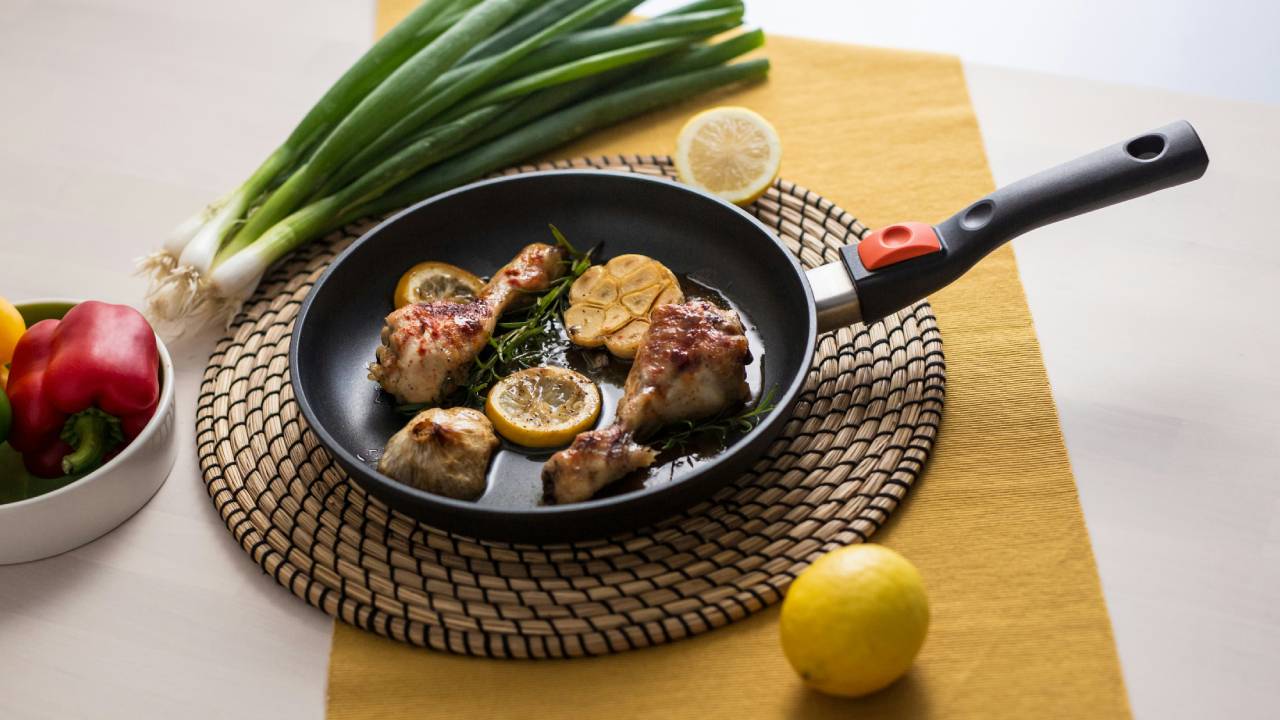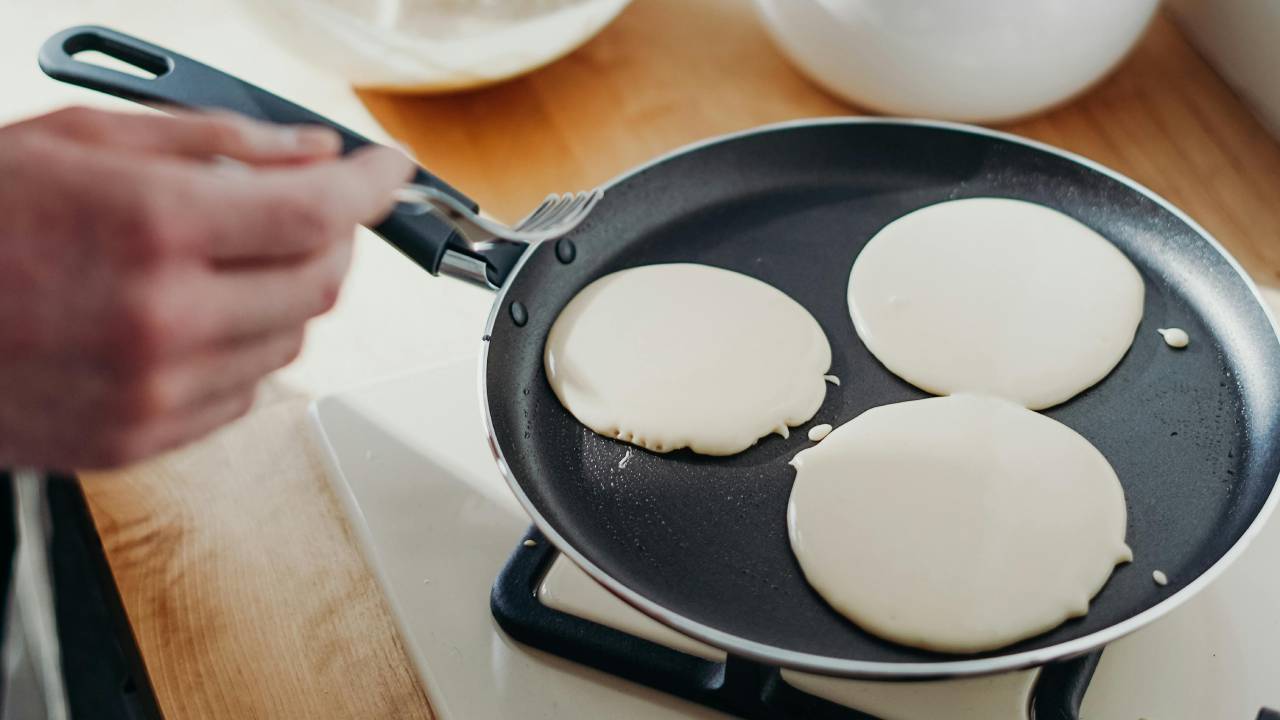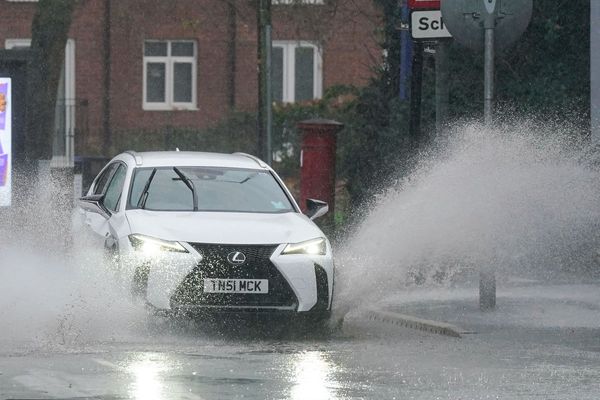
In the past year, there has been a serious increase in people experiencing ‘Teflon flu’, an illness related to Teflon or polytetrafluoroethylene that’s most commonly found in non-stick cookware.
Teflon flu, otherwise known as polymer fume fever, includes symptoms like headaches, coughs, tight chests and chills. It typically occurs when you inhale fumes from your best non-stick pan when it’s heated above 260°C or 500°F.
While Teflon flu is temporary and not life threatening, it can be increasingly dangerous to your health if you continue cooking with damaged non-stick cookware. Cooking with a non-stick pan which is scratched or emitting fumes isn’t safe and can result in you ingesting toxic compounds, which can make you sicker for longer.
To avoid Teflon flu and to keep your appliances in top condition, here are five signs your non-stick pan needs replacing.
1. The material is scratched or flaking
The main sign that your non-stick pan is past its best is if the material is scratched or flaking away. Whether it’s from overuse or using the wrong utensil, if the surface of your non-stick pan is peeling, worn or coming away to reveal the metal underneath, it means it’s lost its non-stick coating and capabilities.
Aside from this affecting the performance of your pan, the flakes could mix into your food which is dangerous to eat and can make you ill. A big giveaway that this has happened is if you can see the material amongst your food and if your meal has a metallic flavour.
2. The surface is discoloured and uneven
Similar to scratches, your non-stick pan will need replacing if the surface is discoloured, uneven or warped. Discolouration is pretty normal after you’ve used a pan for a while, and it can be hard to tell if this has happened if you use a darker coloured pan. However, if the colour isn’t going back to normal after you’ve washed it, it’s best to throw it away as this means the coating is coming off.
An uneven or warped surface often happens when you heat the pan too high or if you take it from one extreme temperature to another, for example, taking it off the heat and immediately blasted it with cold water. You can easily avoid doing this by sticking to medium temperatures when cooking and letting the pan cool down before you wash it. But in general, if the material of your pan looks bubbly, it’s a clear sign that a replacement is needed.

3. You can see rust
Let’s be honest, no one should be cooking with a rusty appliance, whether it’s a pan, utensil or bigger device like an air fryer or fridge. A rusty non-stick pan is a clear indication that the coating is wearing away and exposing the metal underneath. Not only does this mean your pan won’t work as well as normal, but it can affect the taste of your food.
4. Food keeps sticking to the surface
The clue is in the name with a non-stick pan: food shouldn’t stick to it! So, if you’re finding that your food keeps sticking to the surfaces and edges of your pan, it’s time to replace it as the coating is clearly not working anymore.
5. The pan was made before 2015
Now it’s time to get technical. Most non-stick pans made before 2015 will likely contain polytetrafluoroethylene, a chemical that’s been linked to causing cancer and tumours. Due to these findings, many non-stick cookware manufacturers don’t use this material to create their pans anymore, but this will have only come into fruition after 2015. Realistically, you should be replacing your non-stick cookware every five years so if your pan is from 2013, it’s definitely time to retire it.
For more non-stick cooking tips, here are 5 foods you should never cook in a non-stick pan.







